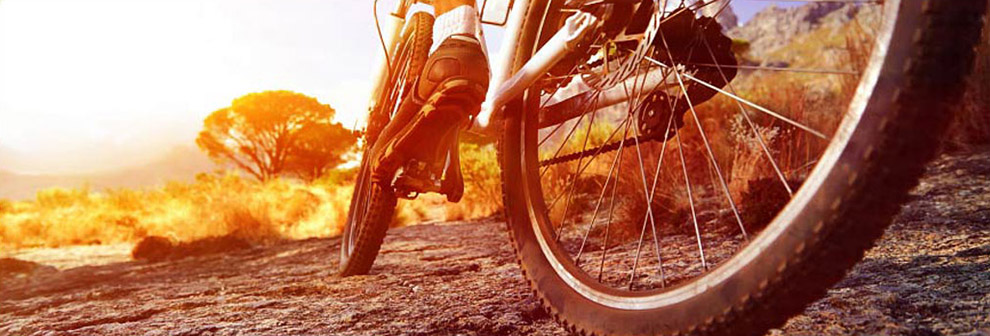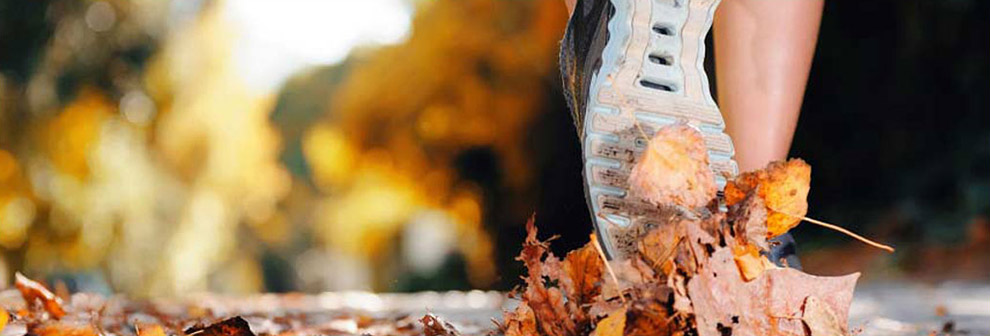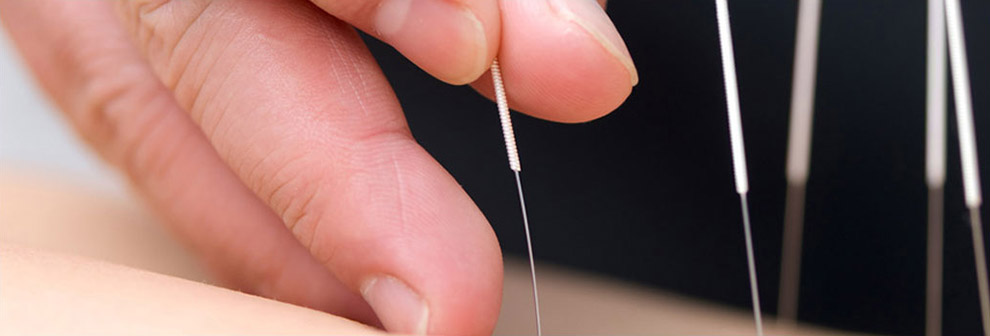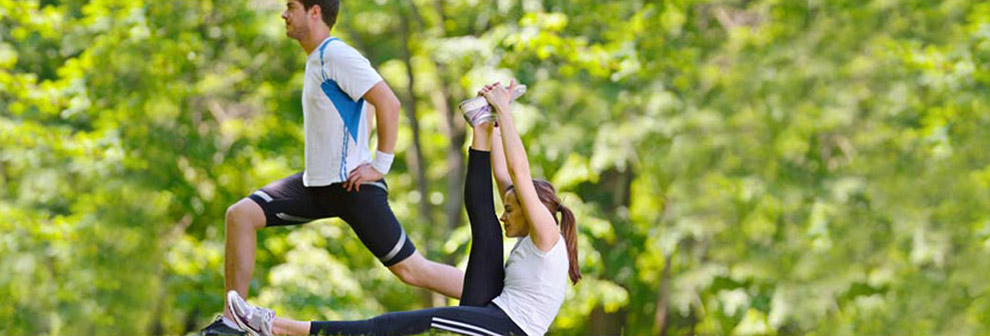Physical therapy in Elko for Cycling
Welcome to Pinion Rehabilitation's guide for selecting cycling equipment.
We recommend a few general considerations for selecting your equipment in order to stay comfortable and minimize injury while cycling. The basic equipment you will require for cycling is a bike and helmet. Of course, there are plenty of optional extras, and, as for all outdoor sports, don't forget you'll need to plan for sun protection and hydration too.

Bike:
The type of bike you use will vary depending on the type of cycling you are interested in, how much time you spend cycling and your budget. Most important for your comfort as a cyclist is that the bike you use fits you. If you are purchasing your own bike, go to a shop that specializes in cycling, so that the salesperson is able to select the right frame size for you and adjusts the bike correctly for you based on your body dimensions and cycling needs. A borrowed bike should also be adjusted to suit your height from crotch/groin to the ground ("saddle height") and your upper body dimensions ("handlebar reach"). As a general guide, when you are seated on the saddle and your heel is resting on the pedal in the 6 o'clock position your knee should be bent between 0 and 15 degrees. When your hands are in position on the handles and you are seated on the saddle there should be a slight bend at your elbows. For endurance cycling and recreational riding the saddle is usually kept level. With your bike adjusted for this position, take a test ride and check that you feel comfortable, you can breath properly and your pedaling feels efficient.
Your Pinion Rehabilitation physical therapist can offer you an individual postural assessment on your bike and can suggest adjustments to your position for any special needs you may have.
Helmet:
A hard-shell bicycle helmet will protect your head, brain and upper and mid face should you have a collision on road or off. (Ref: http://injuryprevention.bmj.com/cgi/content/full/13/3/190.) Your helmet should be certified by the CSA (Canadian Standards Association) or CPSC (Consumer Product Safety Commission in the U.S.). Before you buy a helmet, try it on. The helmet should be stable on your head before you do up the straps. Once the straps are fastened the helmet should not move at all as you move your head.
Bicycle helmets are designed for a single-impact only. The foam in the helmet crushes on impact (such as falling on the pavement) to absorb the impact. So, if you've had a crash, you'll need to replace your helmet even if there is no visible damage to the helmet. (ref: http://www.cpsc.gov/cpscpub/pubs/349.pdf)
Sun Protection Gear:
If you are cycling outdoors apply sunscreen and lip balm before you ride. Select clothing that will offer sun protection. Don't forget sunglasses which will not only protect your eyes from the sun, but also from insects and the wind.
Hydration Gear:
Keeping hydrated will help you stay alert while cycling, may help to prevent muscle cramps and will help your post ride recovery. Fit your bike with a drink bottle cage and water bottle or use a hydration backpack. We recommend that you drink about 300-400 mL before you ride (ref: http://www.ausport.gov.au/sportscoachmag/nutrition2/pre-event_nutrition), and 250mL (1 cup) of water or sports drink every 20 minutes of cycling (ref: http://pediatrics.aappublications.org/cgi/content/full/106/1/158) and for one hour after you cycle. Your fluid requirements will vary depending on the environmental conditions and your body size. To check that you are adequately hydrating, you can weigh yourself before and after you cycle. If your weight remains the same then you are likely to be well hydrated.
Optional Extras:
Safety reflectors,lights and bells:
If you cycle at night or in poor visibility, extra reflectors and head and rear lights help other traffic to see you. In many cities, a front white light and rear red flashing light are mandatory for cyclists. Check your local bylaws for regulations in your area. A bell is essential for city cycling to alert motorists and pedestrians to your presence, particularly when riding along side parked cars.
Gloves:
Cycling gloves are padded, fingerless gloves that absorb shock and provide palm protection in the event of a crash.
Cycling Shoes, Cleats, Toe clips, Pedal cages:
Standard cross-training shoes are adequate for recreational cyclists without any foot problems. Serious cyclists may chose cycling shoes with cleats, pedals with toe clips or pedal cages that all help to keep your feet in contact with your pedals at high cadence. (Cited by http://www.topbike.com.au/pdfs/colson-bicyc-austjuly_aug2002.pdf. Original reference not viewed- available for purchase: https://commerce.metapress.com/content/un8vy0aae3nk71cm/resource-secured/?target=fulltext.pdf&sid=e05yuu55d3bt3245jircmk45&sh=www.springerlink.com). If you choose to use these, practice releasing your feet from the pedals at a park before cycling on the road with them for the first time.
Cycling shoes are more rigid than running shoes so that power from your feet is efficiently transferred to the pedals, but should be comfortable like any sports shoe - so try them on before you buy them. Cycling shoes should provide arch support for your feet throughout the cycle.
Cycle clothing:
Any comfortable shorts and shirt will do for the recreational cyclist in fine weather. If you are riding on the road, wear a shirt that is easily seen. If you are spending a lot of time cycling you may prefer cycle shorts with padding for extra comfort, and fitted clothing made of breathable materials to help keep cool and prevent skin irritation.
Pump, Repair Kit and Tool Kit:
A pump and repair kit may save you a long walk. Repair kits are made to fit unobtrusively under your bike saddle, with the pump sitting along your bike frame. Similarly, a tool kit may be useful to you if you are taking extended rides, assuming you know how to use it. Maintaining your bike in good condition will reduce your chances of having to use these kits.
Computer:
A computer can be a fun motivational tool, displaying and collecting information such as distance travelled, maximum speed and time, and, in some models, even heart rate and GPS maps. A cycle computer can help to keep you on target with your goal cadence, usually 80-90 revolutions per minute. (Ref: American Physical therapy Association at http://www.bicyclenewswire.com/index.cfm?fuseaction=home.showrelease&cid=13&id=46).







